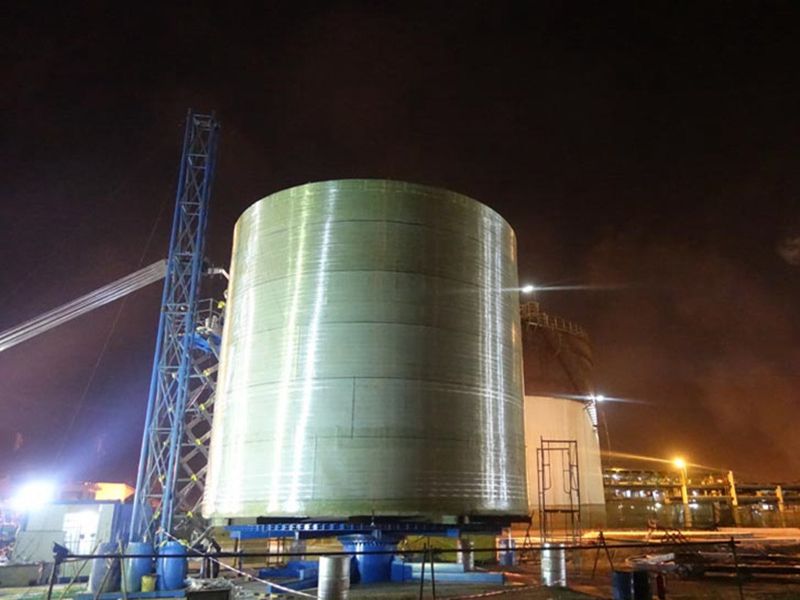
-
 Afrikaans
Afrikaans -
 Albanian
Albanian -
 Amharic
Amharic -
 Arabic
Arabic -
 Armenian
Armenian -
 Azerbaijani
Azerbaijani -
 Basque
Basque -
 Belarusian
Belarusian -
 Bengali
Bengali -
 Bosnian
Bosnian -
 Bulgarian
Bulgarian -
 Catalan
Catalan -
 Cebuano
Cebuano -
 China
China -
 China (Taiwan)
China (Taiwan) -
 Corsican
Corsican -
 Croatian
Croatian -
 Czech
Czech -
 Danish
Danish -
 Dutch
Dutch -
 English
English -
 Esperanto
Esperanto -
 Estonian
Estonian -
 Finnish
Finnish -
 French
French -
 Frisian
Frisian -
 Galician
Galician -
 Georgian
Georgian -
 German
German -
 Greek
Greek -
 Gujarati
Gujarati -
 Haitian Creole
Haitian Creole -
 hausa
hausa -
 hawaiian
hawaiian -
 Hebrew
Hebrew -
 Hindi
Hindi -
 Miao
Miao -
 Hungarian
Hungarian -
 Icelandic
Icelandic -
 igbo
igbo -
 Indonesian
Indonesian -
 irish
irish -
 Italian
Italian -
 Japanese
Japanese -
 Javanese
Javanese -
 Kannada
Kannada -
 kazakh
kazakh -
 Khmer
Khmer -
 Rwandese
Rwandese -
 Korean
Korean -
 Kurdish
Kurdish -
 Kyrgyz
Kyrgyz -
 Lao
Lao -
 Latin
Latin -
 Latvian
Latvian -
 Lithuanian
Lithuanian -
 Luxembourgish
Luxembourgish -
 Macedonian
Macedonian -
 Malgashi
Malgashi -
 Malay
Malay -
 Malayalam
Malayalam -
 Maltese
Maltese -
 Maori
Maori -
 Marathi
Marathi -
 Mongolian
Mongolian -
 Myanmar
Myanmar -
 Nepali
Nepali -
 Norwegian
Norwegian -
 Norwegian
Norwegian -
 Occitan
Occitan -
 Pashto
Pashto -
 Persian
Persian -
 Polish
Polish -
 Portuguese
Portuguese -
 Punjabi
Punjabi -
 Romanian
Romanian -
 Russian
Russian -
 Samoan
Samoan -
 Scottish Gaelic
Scottish Gaelic -
 Serbian
Serbian -
 Sesotho
Sesotho -
 Shona
Shona -
 Sindhi
Sindhi -
 Sinhala
Sinhala -
 Slovak
Slovak -
 Slovenian
Slovenian -
 Somali
Somali -
 Spanish
Spanish -
 Sundanese
Sundanese -
 Swahili
Swahili -
 Swedish
Swedish -
 Tagalog
Tagalog -
 Tajik
Tajik -
 Tamil
Tamil -
 Tatar
Tatar -
 Telugu
Telugu -
 Thai
Thai -
 Turkish
Turkish -
 Turkmen
Turkmen -
 Ukrainian
Ukrainian -
 Urdu
Urdu -
 Uighur
Uighur -
 Uzbek
Uzbek -
 Vietnamese
Vietnamese -
 Welsh
Welsh -
 Bantu
Bantu -
 Yiddish
Yiddish -
 Yoruba
Yoruba -
 Zulu
Zulu
Exploring Alternatives to Fiberglass Stack Liners for Enhanced Durability and Performance
Exploring Alternatives to Fiberglass Stack Liners
In the industrial landscape, stack liners play a crucial role in protecting exhaust systems, ensuring efficiency, and extending the lifespan of equipment. Traditionally, fiberglass has been a popular choice for stack liners due to its durability and resistance to corrosion. However, as industries evolve, there is a growing need to explore alternative materials that can offer similar or improved performance, environmental benefits, and cost-effectiveness.
One promising alternative to fiberglass stack liners is carbon fiber. Known for its exceptional strength-to-weight ratio and resistance to high temperatures, carbon fiber can provide significant advantages in specific applications. Its lightweight nature can lead to reduced energy costs during transportation and installation, while its resistance to corrosion can enhance longevity.
Exploring Alternatives to Fiberglass Stack Liners
Metallic liners, particularly those made from stainless steel, are also being explored as alternatives. Stainless steel's durability and resistance to corrosion are well-documented, making it a viable option for stack linings under demanding conditions. Furthermore, stainless steel's high melting point ensures that it will maintain structural integrity even in high-temperature environments, offering an alternative that is both robust and reliable.
fiberglass stack liner alternative

Polymer-based liners represent another innovative option. Advanced polymers can provide remarkable resilience to chemical attacks and temperature fluctuations. New formulations are being developed that enhance the physical properties of these materials, making them viable contenders for stack lining applications. Their flexibility and ease of installation can also streamline maintenance processes, resulting in reduced downtime.
While considering alternatives to fiberglass stack liners, it's essential to evaluate the specific needs of the industrial application. Factors such as temperature requirements, chemical exposure, and mechanical stresses should influence the choice of material. Furthermore, cost, availability, and environmental impact must also be taken into account.
The transition to alternative materials may not only provide better performance but also align with sustainability goals as industries strive to reduce their environmental footprint. As research and development continue, it's likely that we will see more innovative solutions emerge that challenge the long-standing dominance of fiberglass in stack lining technology.
In conclusion, while fiberglass stack liners have served industries well over the years, exploring alternative materials can lead to enhanced performance and sustainability. As manufacturers and engineers consider their options, carbon fiber, ceramic, metal, and advanced polymers stand out as notable contenders that could redefine stack lining practices for the future.









